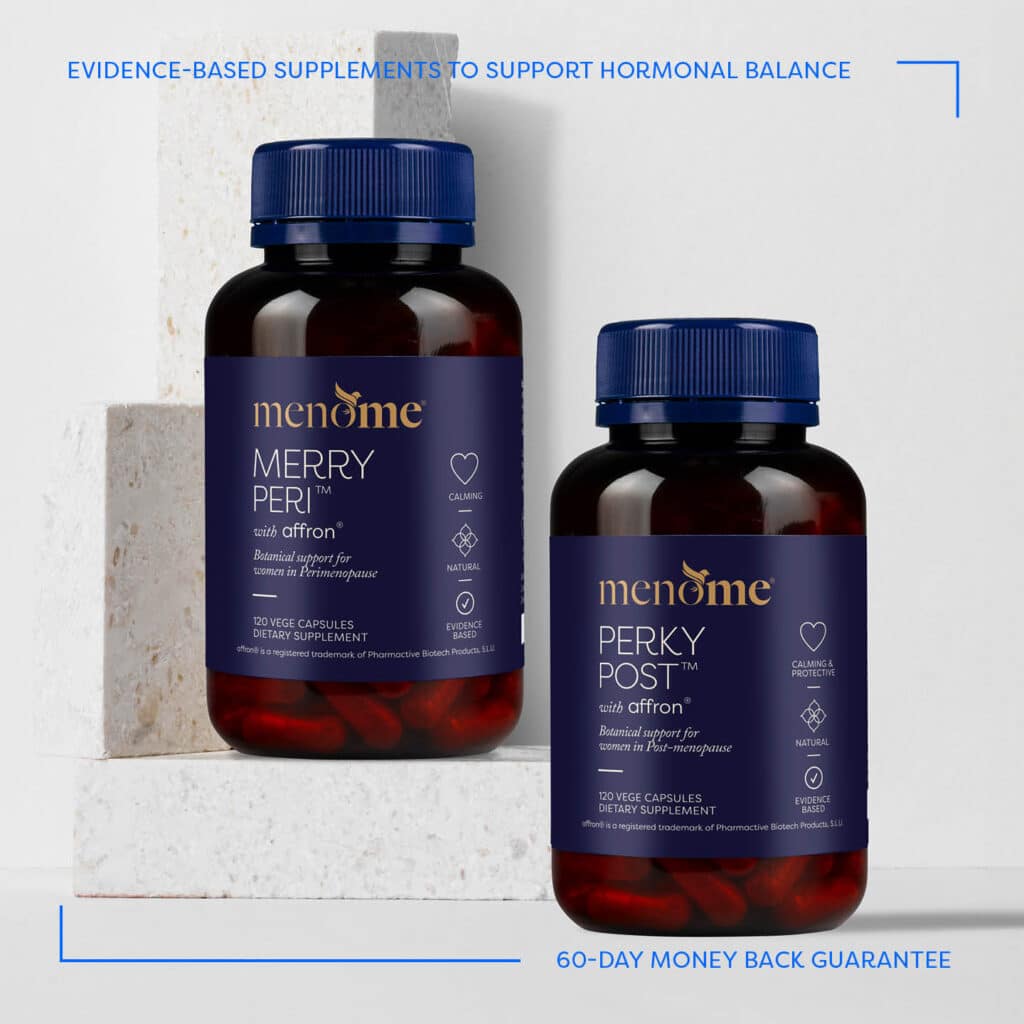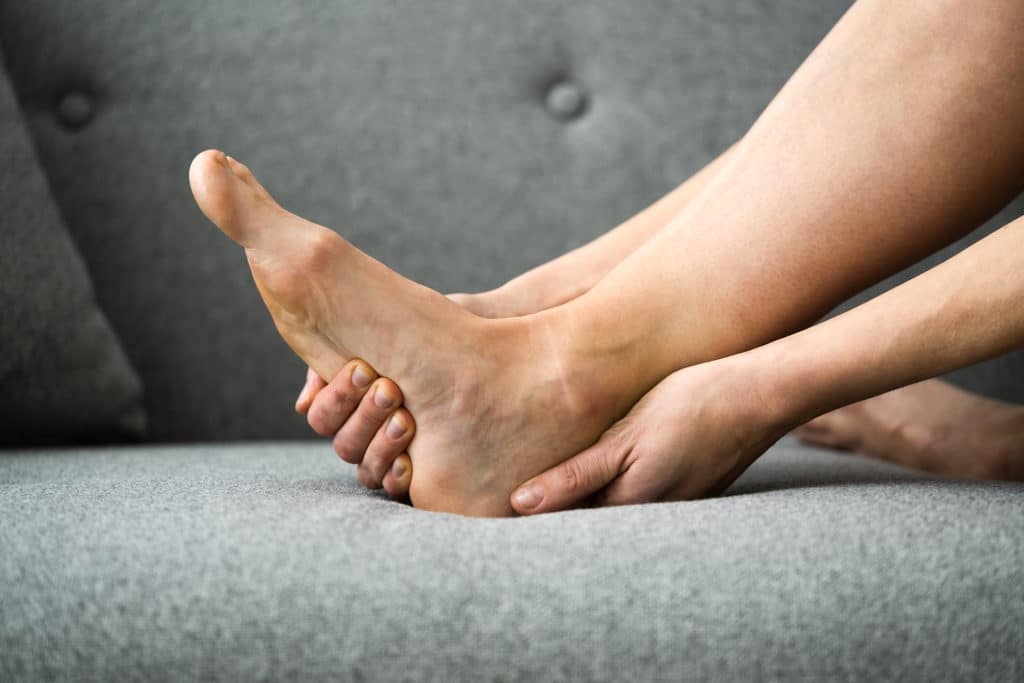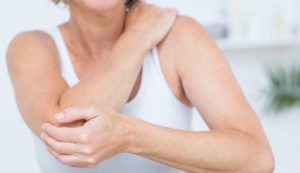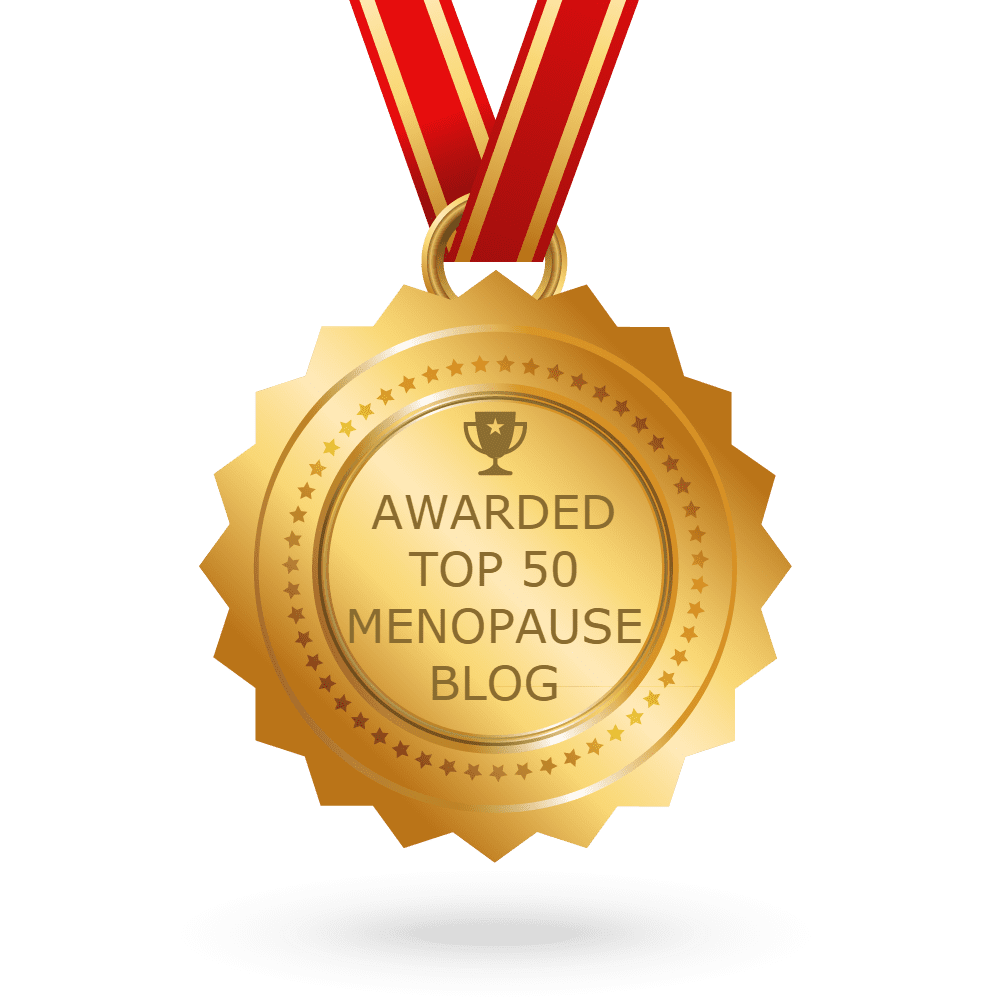Menopausal joint pain is one of the common issues women face as they move through midlife.
Some have even used the term ‘menopause arthritis’ to describe this sign because it can be very unpleasant making even simple movements unbearable.
The reason for this is that the hormone estrogen plays an important role in maintaining joint and bone health.
Indeed, it acts as an anti-inflammatory, minimising swelling in the joints.
As you enter perimenopause, from age 35 onwards, your reproductive hormone levels decline. And eventually for many, obvious perimenopausal signs start to be experienced – hot flushes, night sweats, sleeplessness, and weight gain. As well as, for some, the development of swollen and painful joints or muscles.
Estrogen is important for regulating fluid levels in your body, and lower levels lead to dehydration which can cause uric acid levels to increase causing joint pain.
So what can we do about joint pain and swollen joints?
Prevention is always better, but the tips below will help even if you have experienced joint pains for many years.
1. Hormone balance
Supporting equilibrium in your hormone levels is the best method as this addresses the root cause of the problem. However, it can be a tall order but we’re here to help.
2. Diet
A diet rich in minerals and anti-inflammatory fruits and vegetables. Calcium is a key bone nutrient and estrogen is very important for calcium metabolism. For calcium to be properly absorbed it is important to have the right balance with magnesium. Leafy green vegetables, fruit, nuts and whole grains are important whole food sources.
“Life expectancy would grow by leaps and bounds if green vegetables smelled as good as bacon.” Doug Larsen, Newspaper Columnist.
Additionally, the spice turmeric, which contains anti-inflammatory curcuminoids is well researched for relief of joint pain
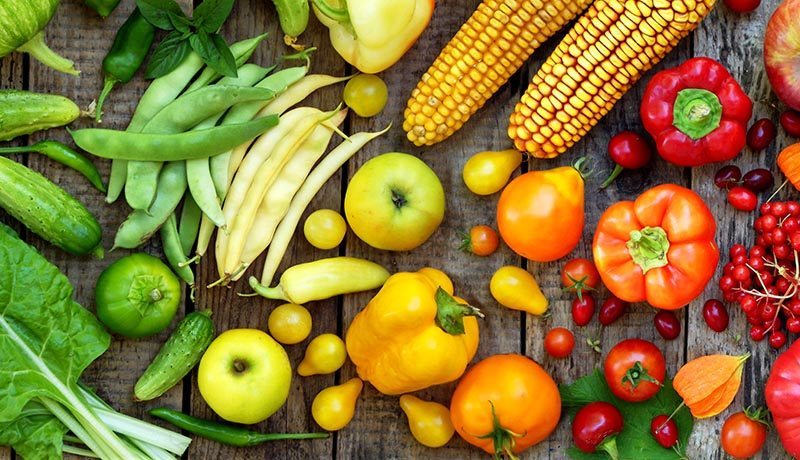
3. Reducing body weight.
The more weight you carry the larger the stress and strain on your joints, especially back, hips and knees.
4. Reduce stress.
The body produces the hormone cortisol when under stress, whether it’s physical, mental or emotional stress. Cortisol is an inflammatory hormone which will make joints feel stiff, swollen and more painful. Try to reduce stress with a relaxing warm bath, a massage, or even acupuncture. In addition, take time out to relax and de-stress, which is literally letting the cortisol levels drop off.
5. Low impact exercise.
Quote from Edward Stanley, Earl of Derby – 1873 – “Those who think they have not time for bodily exercise will sooner or later have to find time for illness.”
Swimming, yoga and Pilates are all good forms of exercise that help build muscle strength and keep joints mobile and healthy. Avoid high impact exercise such as jogging and aerobics.
One of the best forms of exercise is dance because it also helps build neural connections in the brain and protects against cognitive decline.

So there it is – support your hormones and your life, eat well, watch your weight, and dance with loved ones.
